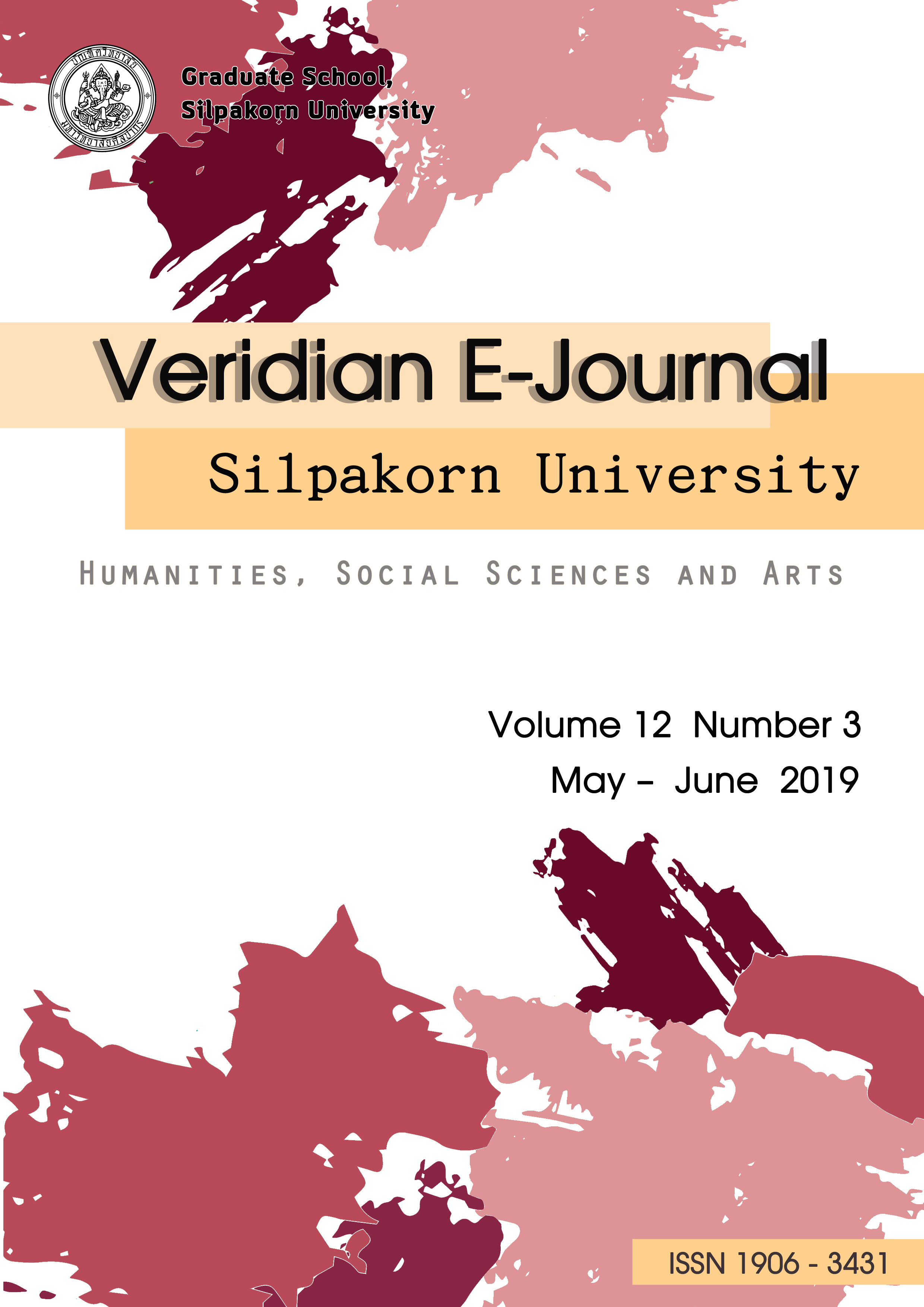Architectural Paper Model with Understanding of the Congenitally Blind Students:A Case Study of Phra Prang Sam Yod
Main Article Content
Abstract
Congenitally blind students have never experienced seeing architecture before. However, they can learn and understand the environment from school learning. They can use and travel to various parts of buildings by using 2D map perception and Orientation and Mobility (O&M), which is a core course in building skills by practicing the blind to be familiar with the environment. But, for the perception in the dimension of large shapes, the model is needed in teaching. This study was based on the experiment using architectural paper model in visual arts learning for blind students, which was constructed by using 3D forming technique. It was then unfolded by a computer program and printed on thick paper and folded up using glue or transparent tape. These techniques were used since it is easy for producing and repairing. It can also be shared to various schools with blind students.
The samples were the blind students from Khon Kaen School for the Blind who were studying in general schools. They can touch and recognize the shape of the model of “Phra Prang Sam Yod” with the help of the teacher. First, the teacher have to describe the difference of scale between the model and the real architecture, and further described the features of the model gradually from the entrance, the passageways, the openings, and the walls to the spires and explained the overall shape of Phra Prang. The samples can understand about the scale and the design of architectural features such as “Yod” (the Prang spire), “Ruen That” (the main body of the Prang) and “Than” (plinth), the porches or the entrance to the Main Prasat or the Principal Tower, the vaulted passageways connecting the three Prangs, the corridor, the recesses, the decoration and the spires of the three Prangs. This allowed the blind students to understand the shape and the architectural features well. It also created learning opportunities and equality.
Article Details

This work is licensed under a Creative Commons Attribution-NonCommercial-NoDerivatives 4.0 International License.
